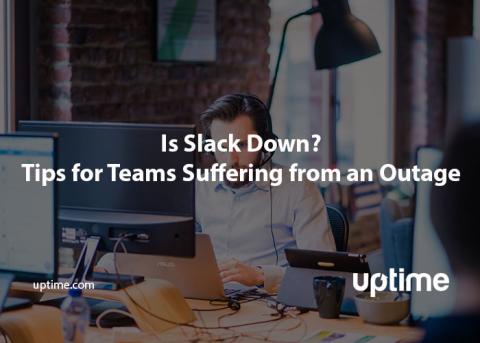Is Slack Down? What to Do When Productivity Suffers From an Outage
Slack went down and Twitter activity went up, but what did your team do with its downtime? Did you sit and ping your workspace over and over, waiting for the inevitable return? Did you give up and have a coffee? Did you use it to stay productive and get things done? Ok, I’m not your boss and sorry I asked that last question. Maybe if you were not productive it’s because an outage makes it hard to focus.











